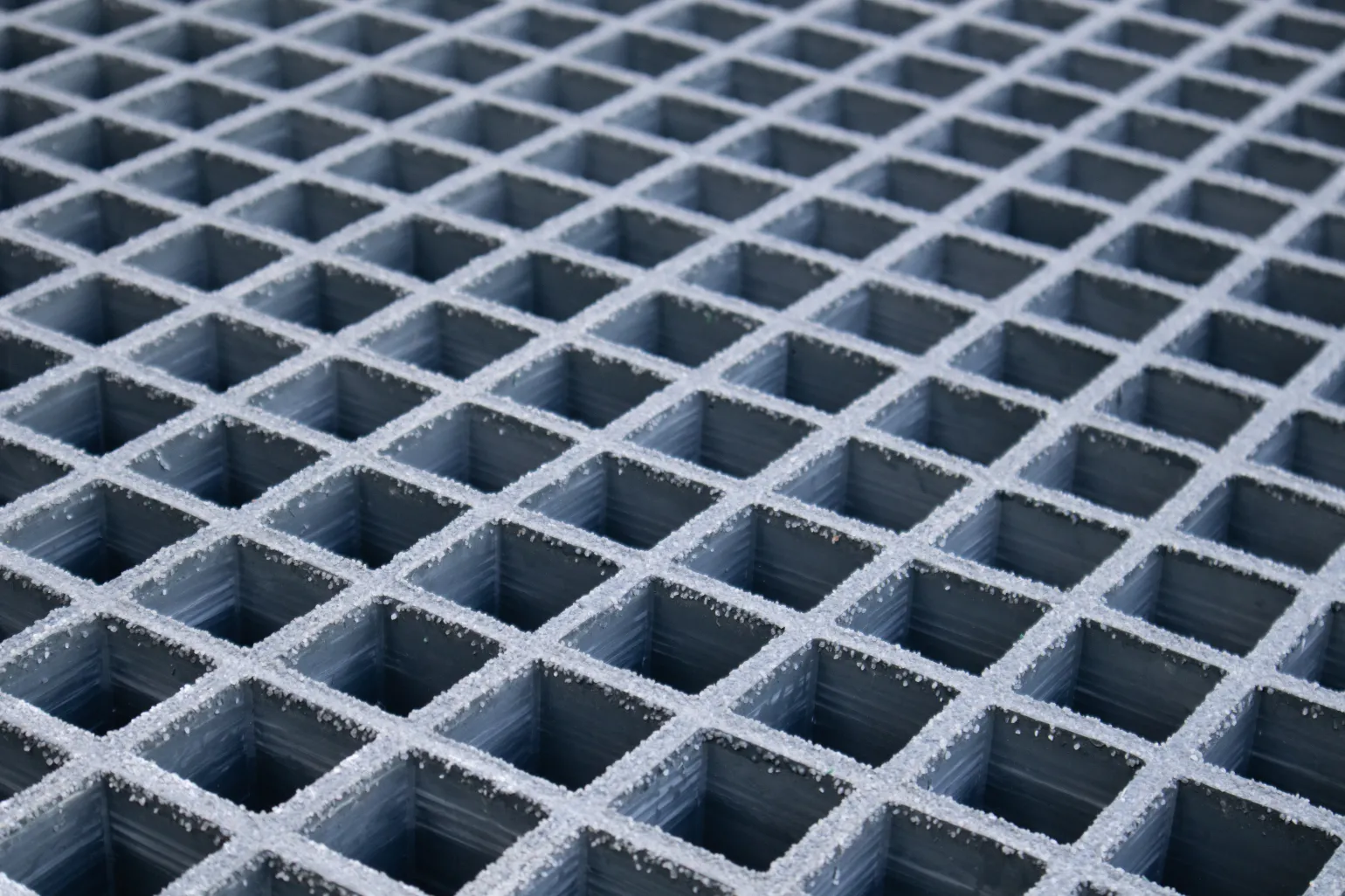How to Measure GRP Grating
GRP grating, also known as glass reinforced polymer grating, is a strong, durable and lightweight construction material used in a wide range of commercial and industrial environments.
GRP grating systems are made by combining resin with glass fibres, the latter of which are laid out in a mesh grid pattern and then reinforced with resin to create a robust and highly long-lasting result.
This form of grating is known for being up to 75% lighter in weight than steel mesh grating, making it simpler to transport, handle, and install. It is also strong, and can support heavier loads, and it offers corrosion and rust resistance, making it well suited to installation in harsh facilities. Moreover, GRP grating can be fitted with gritted surfaces to provide slip resistance, and is chemical resistant as well, enabling its use in a variety of industrial settings.
There are several different types of GRP grating to choose from at BM Steel, including standard open mesh, mini mesh, and solid top grating. When choosing the right panels to meet your needs, there are a few key factors to take into consideration, including:
Selecting the right GRP fixings will help you to install your GRP grating safely and efficiently. The type of grating you choose (pultruded or moulded) may influence the fixings you need, as will the material to which your grating panels will be fixed. Additionally, you will need to consider the load weight requirements for your grating, as well as environmental conditions like extreme temperatures, chemical use, or exposure to salt water.
Accessibility is another aspect to consider, especially if you may need to remove your grating from time to time. Quick-release fixings are the best option in these cases.
The most common types of GRP grating fixings include:
Measuring GRP gratings involves the use of two-dimensional measurements: width and length. You will need a measuring tape, a notebook, and a pen to take accurate measurements and record them for later use.
Lay out your GRP grating panels on a flat, level surface and start by using your measuring tape to measure the length of the grating from one end to the other. Take note of this measurement. Next, position your measuring tape along the transverse edge of the grating panel, keeping the tape in a perpendicular position to the position you used to measure the panel’s length. Note down this measurement. These two measurements will allow you to successfully choose gratings that meet your specific requirements.
It’s important to note that when you are specifying grating measurements for the purposes of ordering or installation, you will need to clarify whether you are measuring the dimensions of each panel or the bearing area of the panel. The dimensions of the panel will include the grating’s full width; the bearing area measurement should exclude any protrusions that won’t rest on your support structures.
Cutting your GRP grating panels safely and efficiently requires the right techniques and tools. Always wear personal protective gear, including dust masks, safety glasses, gloves, and ear protection during cutting. Cut your panels in a well-ventilated space and, if possible, use a dust extractor to filter any potentially harmful dust particles out of the air.
You can use a variety of tools to cut GRP panels, including circular saws fitted with fiberglass blades, reciprocating saws, or jigsaws. Circular saws are best suited to making straight cuts, while reciprocating saws can be used for both straight and curved cutting jobs. Jigsaws allow for more controlled curved cuts. Remember to secure your grating with clamps before cutting and use marking tools to clearly mark your cutting lines and ensure an accurate result. You may also use sandpaper to smooth rough panel edges after cutting.
GRP floor grating is an excellent grating type for a wide range of applications, from industrial and commercial settings to environments in need of lightweight, durable, and corrosion-resistant surfaces.
When you buy GRP grating, you want the perfect size and the best quality. Choose BM Steel for all your GRP grating requirements and enjoy easy ordering online.
